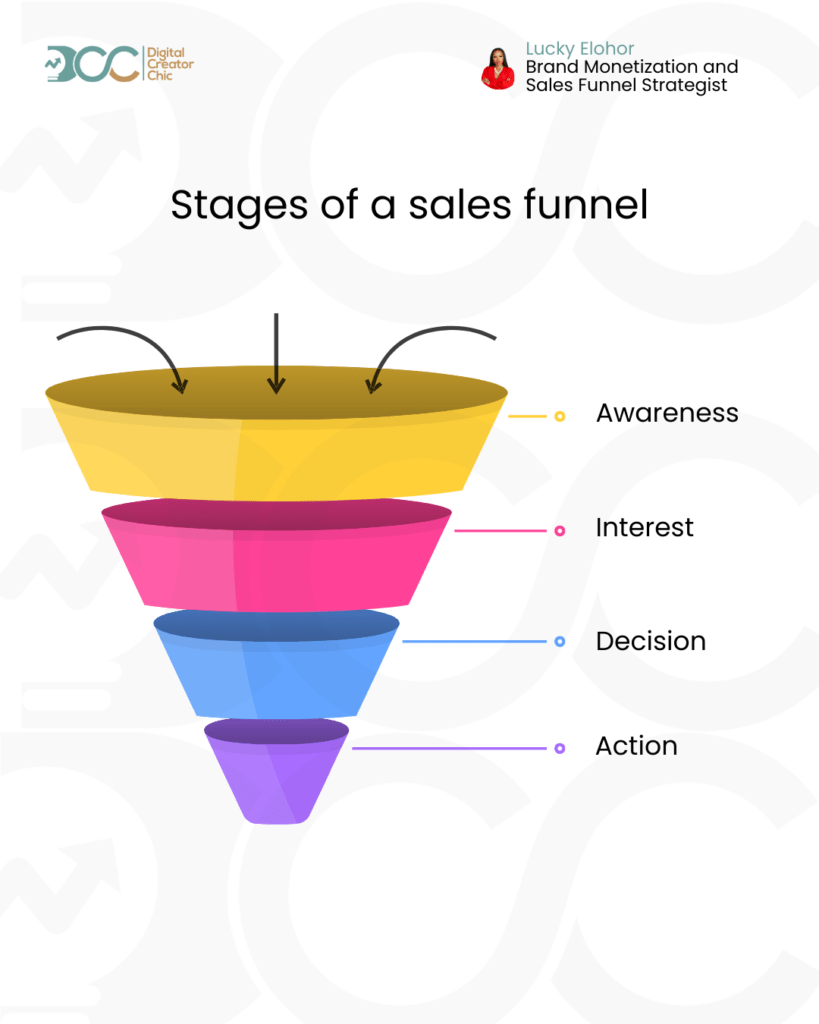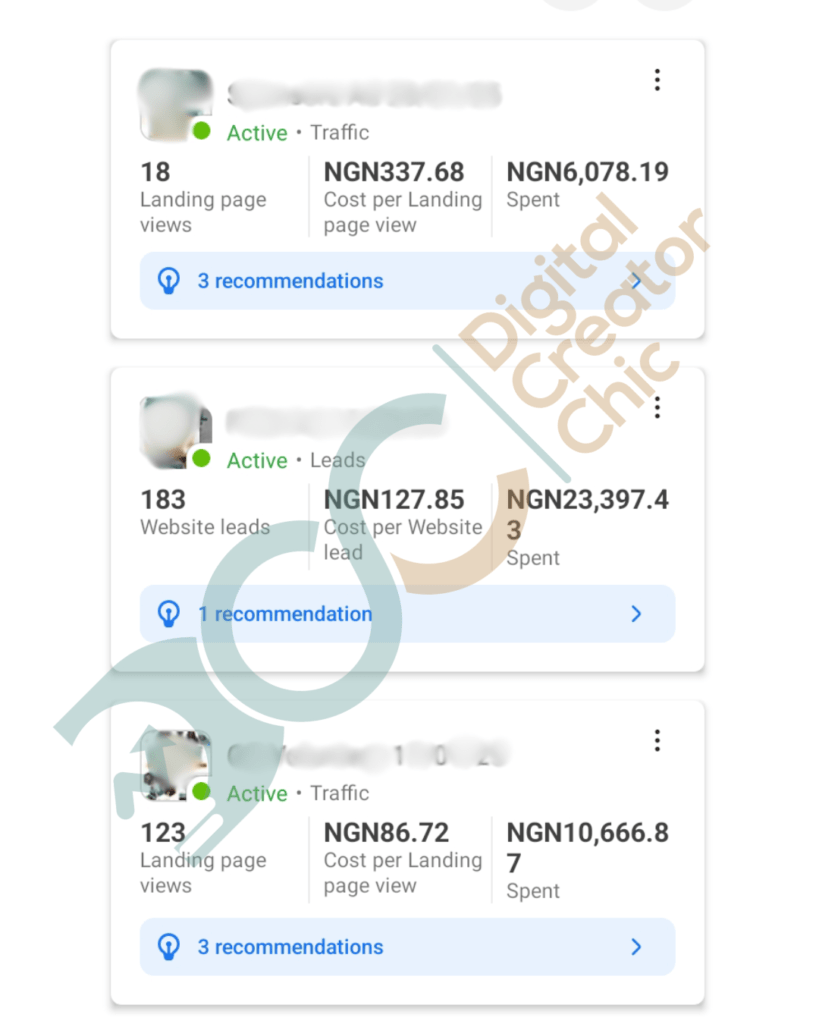A high converting sales funnel is essential for turning prospects into loyal customers. Without a well-structured funnel, businesses struggle to generate consistent sales and maximize their marketing efforts. In this guide, we’ll break down each step of building a sales funnel that attracts, nurtures, and converts leads effectively.
What Is A Sales Funnel?
A sales funnel represents the journey a potential customer takes from discovering your brand to making a purchase. It consists of four key stages:
- Awareness – When a prospect first learns about your business.
- Interest – When they engage with your content or offerings.
- Decision – When they evaluate your products or services.
- Action – When they make a purchase.

Why You Need A High Converting Sales Funnel
A high-converting sales funnel helps you:
- Increase conversions by guiding leads through a structured journey.
- Lower customer acquisition costs.
- Build trust and establish authority in your industry.
- Automate parts of the sales process, saving time and effort.
Now, let’s discuss the step-by-step process of creating a high converting sales funnel.
Step 1: Define Your Target Audience
Before building your funnel, you need a clear understanding of who your audience is. Define their pain points, desires, and behaviors.
How to Identify Your Ideal Customer:
- Conduct market research and surveys.
- Analyze competitors and their audiences.
- Use tools like Google Analytics, Facebook Audience Insights, and customer feedback.
Step 2: Create A Lead Magnet
A lead magnet is a free resource offered in exchange for a prospect’s email. It helps attract potential customers and move them into your funnel.
Examples of High-Converting Lead Magnets:
- eBooks or guides.
- Free webinars or mini-courses.
- Templates and checklists.
- Exclusive discounts or free trials.
Step 3: Build A Landing Page That Converts
Your landing page should be optimized to capture leads effectively. A great landing page includes:
- A compelling headline with your value proposition.
- Engaging visuals and clear copy.
- A strong call-to-action (CTA).
- A simple form with minimal fields.
Step 4: Set Up An Email Nurture Sequence
Once you collect emails, nurture your leads with a well-structured email sequence. This builds trust and keeps your brand top-of-mind.
Email Sequence Structure:
- Welcome Email – Introduce your brand and offer value.
- Problem-Solution Email – Address a major pain point and provide insights.
- Case Study/Testimonial Email – Show proof of results.
- Soft Sell Email – Present your offer subtly.
- Hard Sell Email – Include urgency and a clear CTA.
Step 5: Drive Traffic To Your Funnel
No matter how well-built your funnel is, it won’t convert without traffic. Use the following strategies:
Free Traffic Strategies:
- SEO-optimized blog content (like this one!).
- Organic social media marketing.
- Leveraging YouTube and video content.
Paid Traffic Strategies:
- Facebook & Instagram Ads.
- Google PPC advertising.
- Influencer collaborations.

Step 6: Optimize Your Sales Page
Your sales page is where conversions happen. Key elements of a high-converting sales page include:
- A compelling headline and subhead.
- Persuasive copy with emotional triggers.
- Testimonials and social proof.
- A clear CTA button.
Step 7: Follow Up & Retargeting
Not all leads convert immediately. Use retargeting and follow-up strategies to bring them back.
Retargeting Strategies:
- Facebook Pixel retargeting.
- Email remarketing campaigns.
- Google Display Ads targeting past visitors.
Conclusion
Building a high converting sales funnel requires strategy and testing. By following these steps, you can create a funnel that attracts, nurtures, and converts leads into paying customers.
Ready To Build Your Own High Converting Sales Funnel?
Take the next step! Book a discovery call



